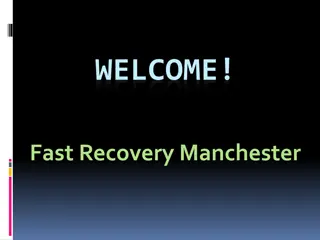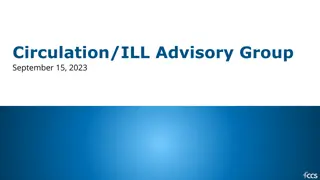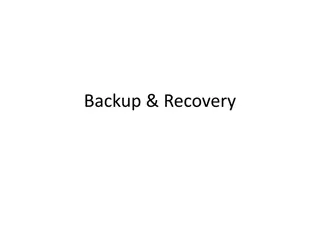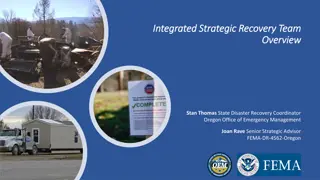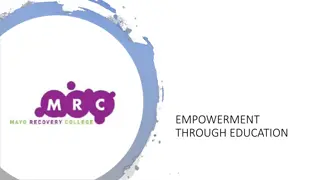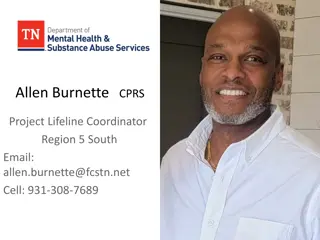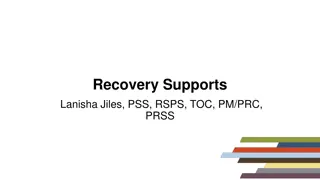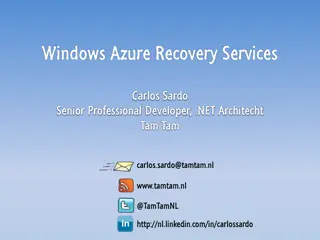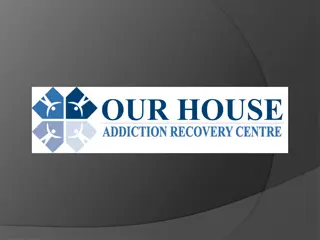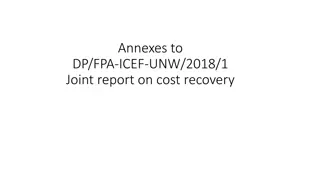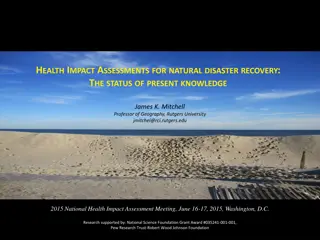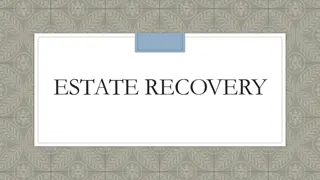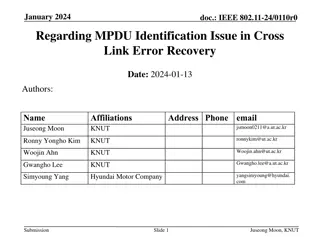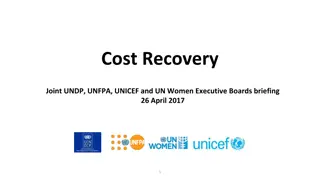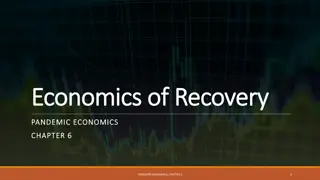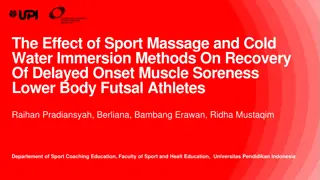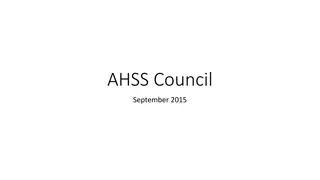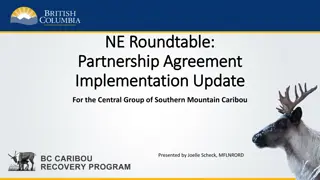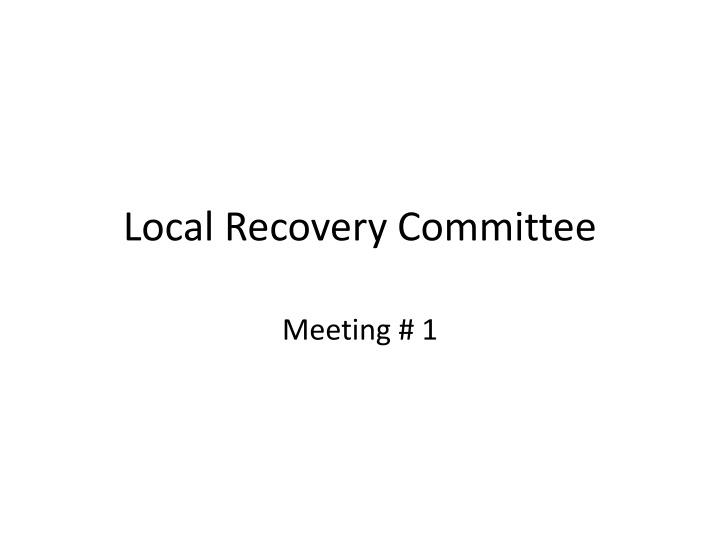
Local Recovery Committee: Building Stronger Communities Together
"Discover the essential principles and processes of recovery after a disaster, covering social, economic, built, and natural domains. Learn how coordination, communication, and community-led approaches are key to successful recovery efforts. Explore the timeline of activities in the early weeks post-disaster, focusing on communication, restoration, and support for affected individuals. Empower communities by understanding the importance of resilience and time in the recovery process."
Download Presentation

Please find below an Image/Link to download the presentation.
The content on the website is provided AS IS for your information and personal use only. It may not be sold, licensed, or shared on other websites without obtaining consent from the author. If you encounter any issues during the download, it is possible that the publisher has removed the file from their server.
You are allowed to download the files provided on this website for personal or commercial use, subject to the condition that they are used lawfully. All files are the property of their respective owners.
The content on the website is provided AS IS for your information and personal use only. It may not be sold, licensed, or shared on other websites without obtaining consent from the author.
E N D
Presentation Transcript
Local Recovery Committee Meeting # 1
Content What is Recovery? The Local Recovery Committee Towards a successful Recovery
What is Recovery? Recovery is the coordinated process of supporting affected communities in the reconstruction of the built environment and the restoration of social, economic and natural environments
Recovery domains Social people, families and communities Economic businesses, investments, trade, agriculture Built homes, infrastructure, public assets Natural environment, parks, historic, cultural
Recovery Principles Understand the context Recognise complexity Use community led approaches Ensure coordination of all activities Communicate effectively Acknowledge and build capacity
Recovery takes time Resilience
Whats happened so far? What can we expect next?
First few weeks Establish communication channels eg Council landing pages, official Facebook page, community notice boards Organise community meetings Provide personal care and support, accommodation Assistance with dead or injured stock Clear debris Reinstate power, water, phones
First few weeks (continued) Restoration of roads, verges, road furniture Hazardous material disposal, asbestos, treated timber, chemicals Managing spontaneous volunteers Managing donations
Communication Information should be relevant, clear and sensitive Two-way dialogue with community Accessible to audiences in many different forms and channels Repeat key messages often Information empowers individuals
Local Recovery Committee Role of members Terms of reference Time commitments Administration Challenges Relationship with community
Role of Committee Members Represent both local community and agency or council views Bring issues to the meetings Advise committee on areas relevant to your work or expertise Make decisions on behalf of agency Participate in problem solving
Engaging Community Engage the community by bringing them together Whose voice is missing? Or under- represented? Action Ask what the issues are? Identify the priority issues for action? Allocate tasks or set up working groups? Seek support if/when needed
Looking ahead Set aside some planning time What do you aim to achieve in 6 mths? 12mths?

